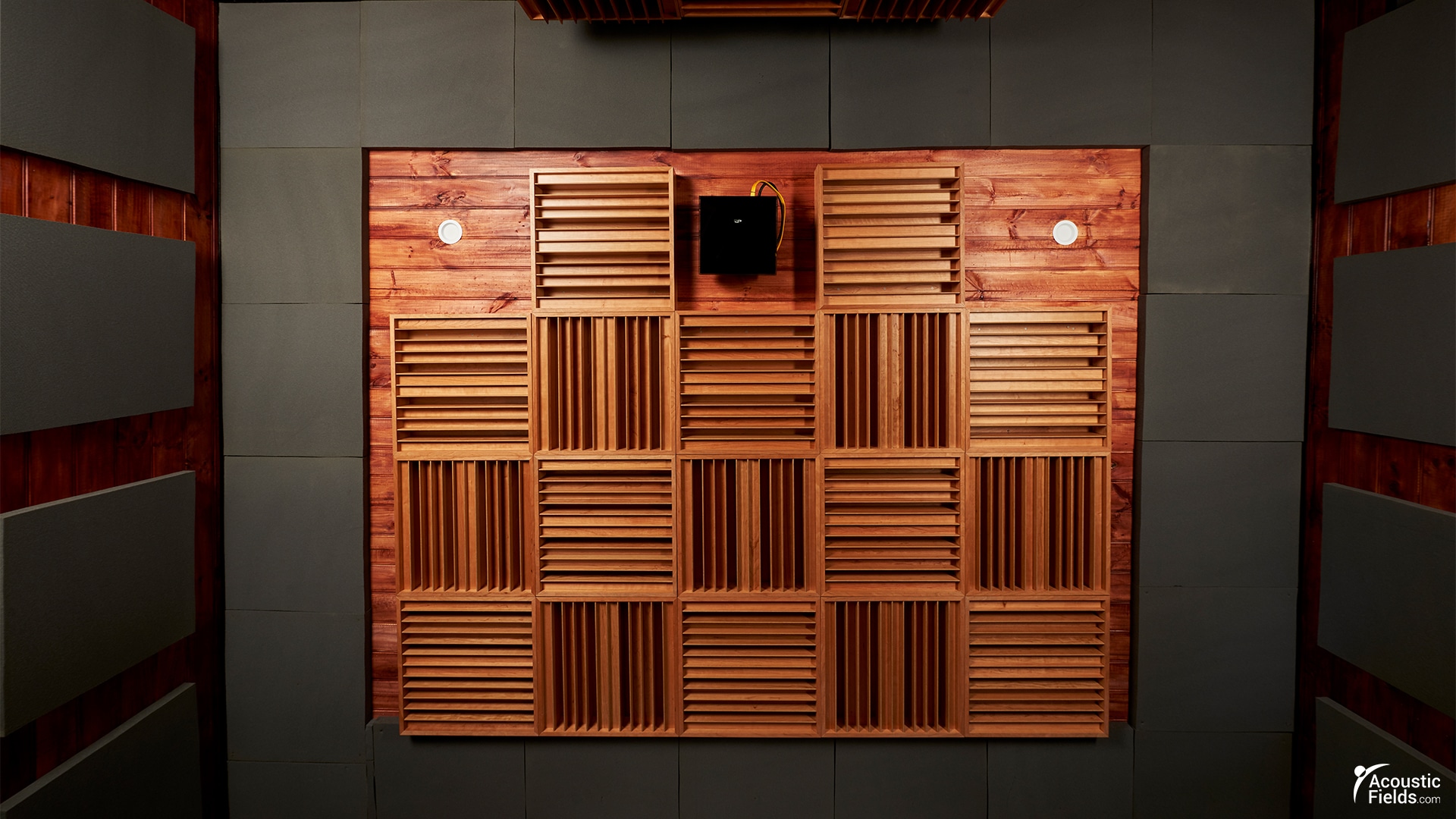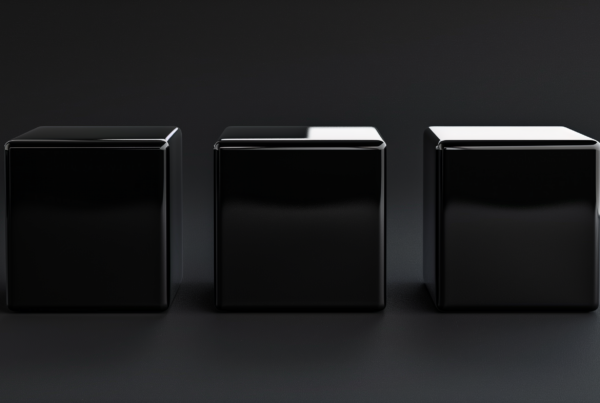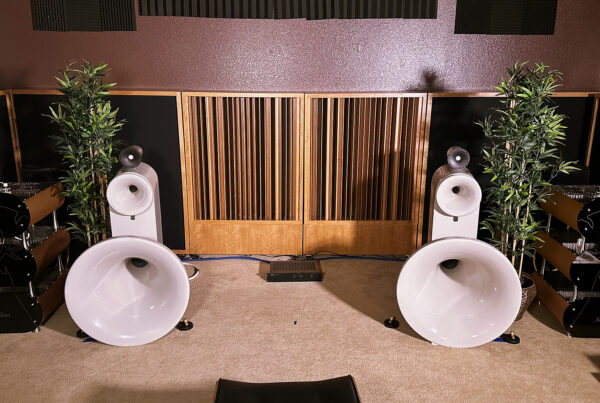Acoustic Design Project
Home Theater
Acoustics
Melbourne, Australia
Crystal Clear
Every home theater I go into has one consistent quality. The video is always better than the audio. Isn’t this home theater paradigm supposed to be a team sport? Shouldn’t the audio and the video work together to achieve a total visceral response using both video and audio? How can this experience occur if the video is better by a wide margin than the audio?
A Home Theater Like No Other
To achieve a wide soundstage, strong central image, coupled with definition and separation is no easy feat when you have just two channels radiating energy. With multiple mono sources from a home theater rig, things get really complicated when you have all of those sound fields of energy to manage from every room boundary surface.
And of course, don’t exclude the low end in today’s small rooms. Today people squeeze more and more gear into smaller and smaller rooms and wonder why it doesn’t sound good after they spent all this money on it. The “bass” is muddy and sounds like “soup”. The low end is smothering the audio and I can’t hear the vocals.
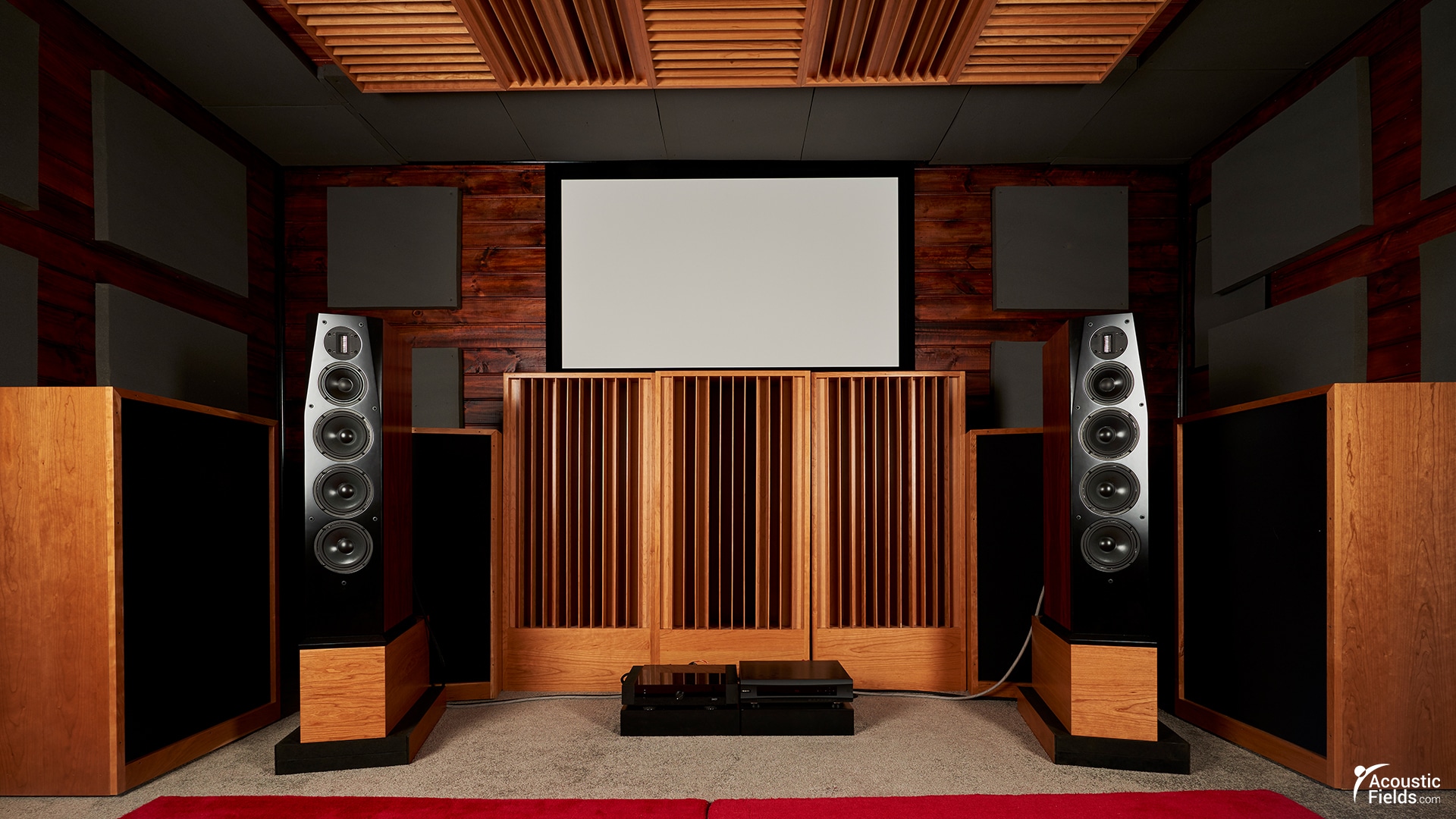
More Than a Home Theater
There is no correlation between sound quality and money spent. You can take a 3,000 system and put it in a good room and it will sound like 100,000. You can take a 100,000 system and put it into bad room and it will sound like 3,000.00. Its always about the room. Paul’s room started out as a home theater, but something amazing happened along the way.
When we started to add low frequency absorption through our ACDA-10 and ACDA-12 technology and the low end became tight and defined with the attack and decay rates that only our carbon can give this room size and volume, Paul realized that the audio was sounding better than the video was looking. Well, at least we were closing the gap.
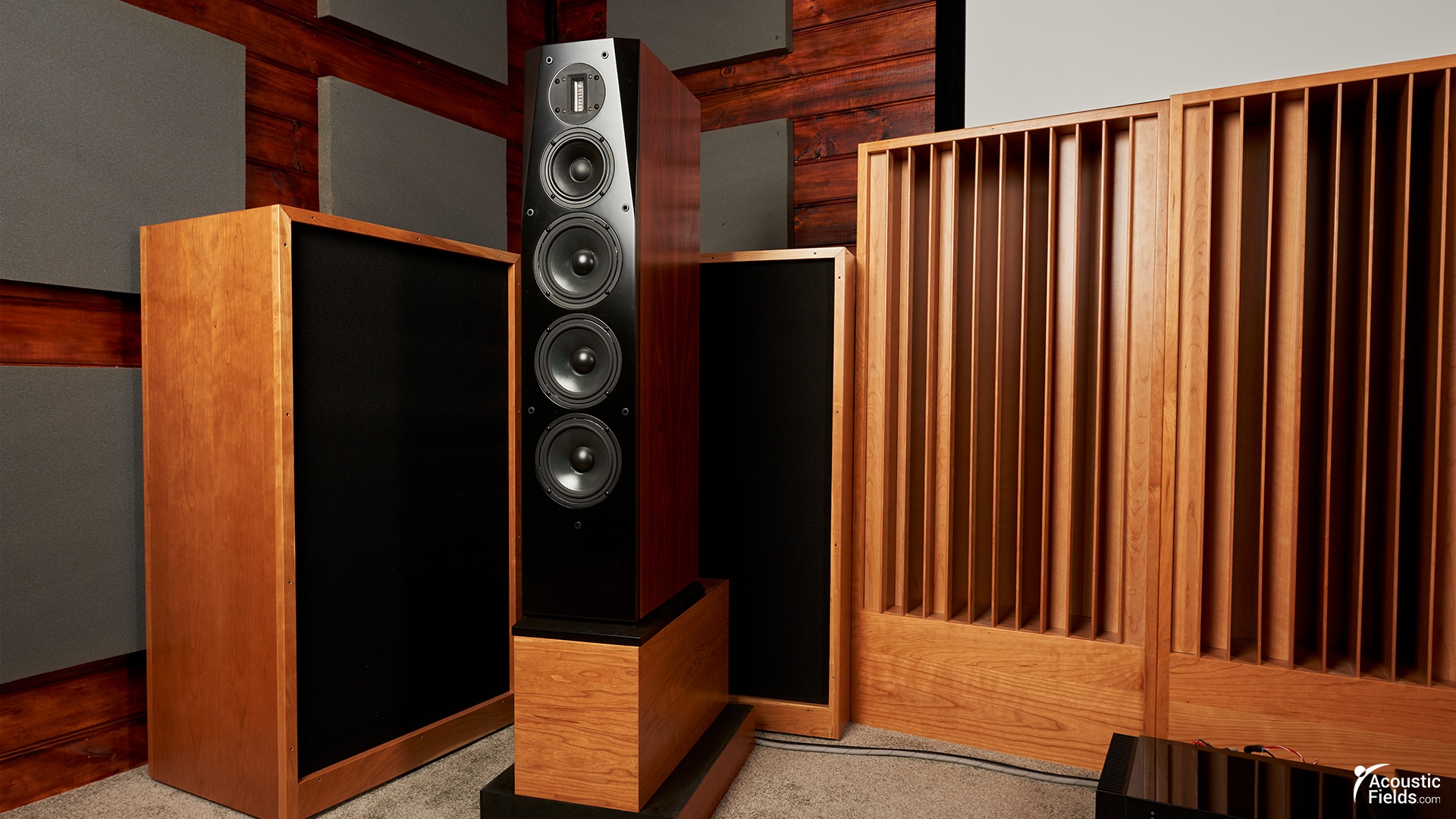
The Emotional Connection
Next, we tackled reflection management through the use of two dimensional quadratic diffusion and the room then came “alive”. Paul said he spent more time listening to the audio then watching the video. That’s two channel audio for clarification.
Finally, we have a marriage between the video and audio presentation. Now, both sources are working together to achieve that emotional connection between video and audio source. Last time I spoke with Paul, the video projector had not been fired up for months.
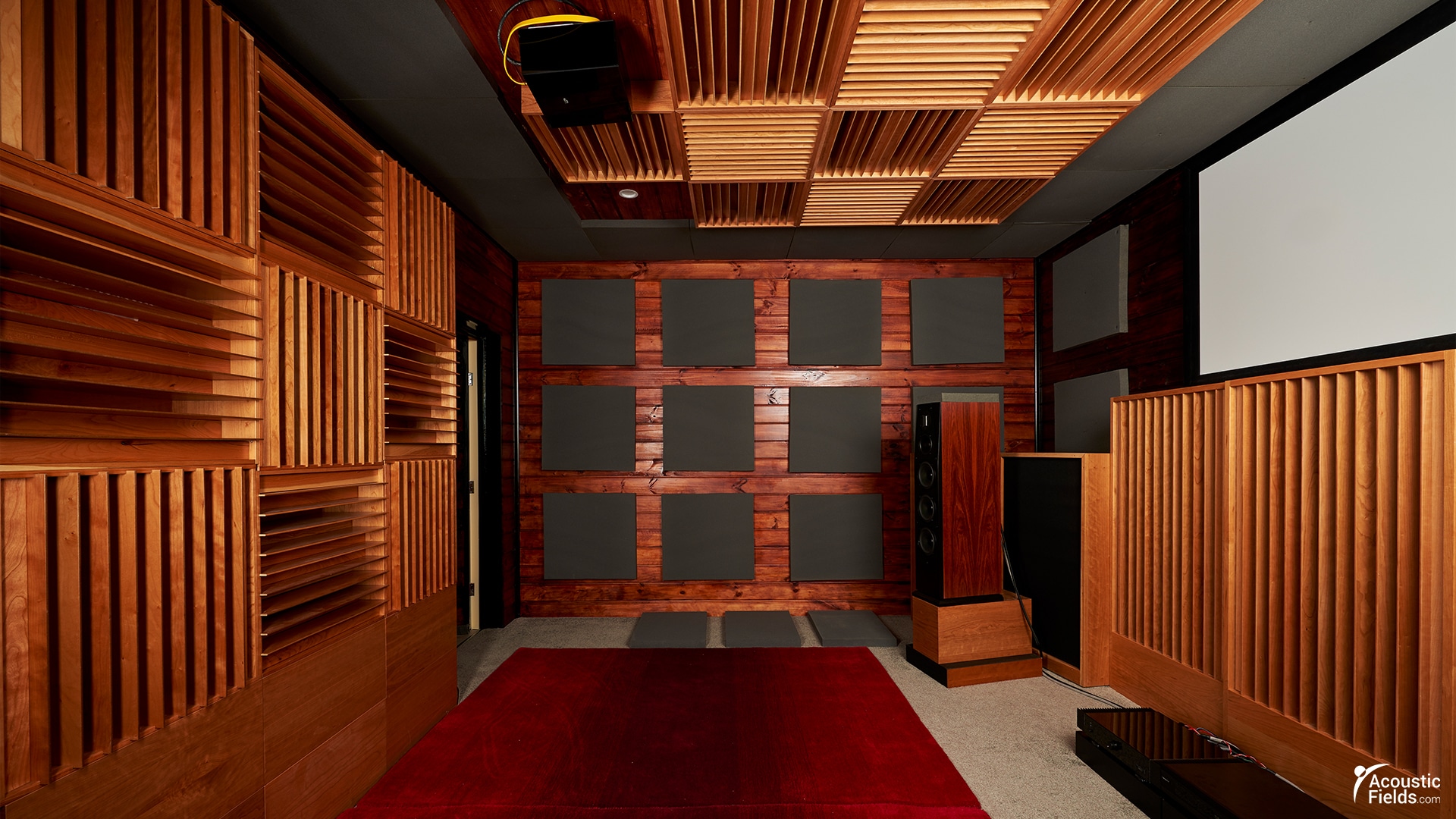
Two Dimensional Ceiling Diffusion
Ceiling to floor dimensions are always the smallest of the three dimensions. Their smaller dimensions contribute to unwanted, low frequency, modal pressures throughout the whole room length. The ceiling and its shorter dimension also contribute to reflections that help our brains localize the distance to the ceiling. We have to provide different information to our ears so our brains will not localize the distance. Two dimensional quadratic diffusion is the key to spreading out these reflections in a manner that makes the ceiling distance sound much farther away.
Two Dimensional Rear Wall Diffusion
Rear wall diffusion is always welcome in any of our music rooms. In home theaters, it is important to use diffusion and absorption in a manner that reduces the reflective energy not in amplitude or time but in radiation patterns. Matching the ceiling and rear wall diffusion sequences in a home theater application makes our rooms feel and sound much larger than they actually are.
Do you want to solve your room acoustic problems?
There’s no one size fits all when it comes to room acoustics.
Get your FREE personal room acoustics analysis by chief acoustics engineer Dennis Foley.


